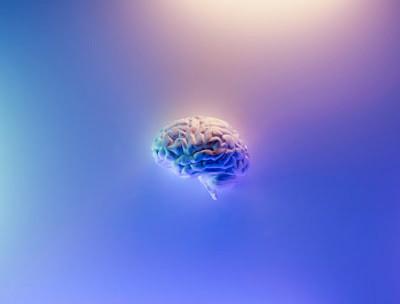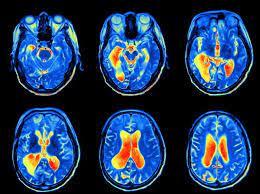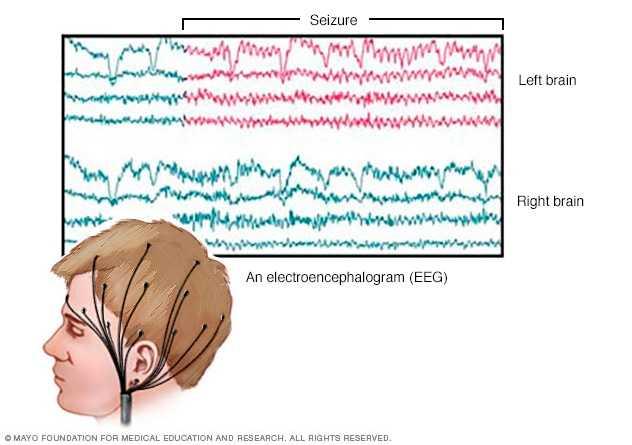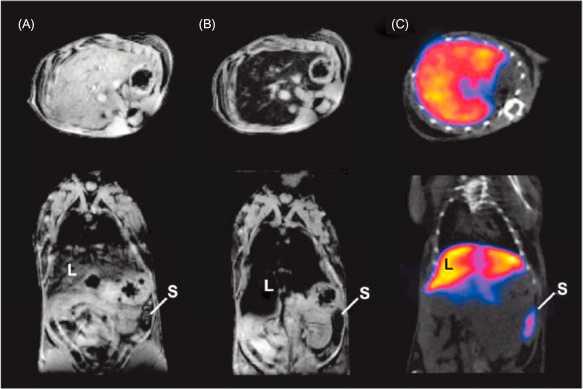How Brain Activity Is Measured
Curated from: psychologytoday.com
Ideas, facts & insights covering these topics:
6 ideas
·3.31K reads
18
Explore the World's Best Ideas
Join today and uncover 100+ curated journeys from 50+ topics. Unlock access to our mobile app with extensive features.
Functional Magnetic Resonance Imaging (fMRI) And How It Works
The fMRI employs a magnetic field to collect information about the body. It is one of the most prominent methods in neuroscience for studying the structure of the brain, including differences in the structural characteristics of different people's brains.
It works with a system that produces images of the brain's functions that indicates whether the activity of neurons is increased or decreased in specific parts of the brain and under which conditions.
115
1.76K reads
More On The fMRI: BOLD Signal And Its Use In Neuroscience
- The BOLD signal stands for blood-oxygen-level dependent. This is a brain imaging signal that shows whether the level of oxygen in the parts of the brain increasing or decreasing.
- The fMRI is used to explore how brains function with different psychiatric order, it helps identify the connectivity of high or low activity for people with particular conditions, it investigates parts of the brain that supports social processes, and it illuminates the existence of networks of connecting brain areas.
74
386 reads
Electroencephalography (EEG)
- The EEG is used to measure the electrical activities of the brain. The process is non-invasive and is done through the scalp with flat metal electrodes.
- Though due to its non-invasiveness what it shows is relatively limited, but regardless it is a valuable tool for analyzing brain dynamics over time.
- It helps indicate one's mental processes, mental state, and assists in diagnosing conditions like epilepsy or sleep disorder.
74
323 reads
The Use of EEG In Neuroscience
The use of EEG allows further research on the following:
- Memory processing during sleep
- Mental illness
- Providing further evidence in the differences in reward processing with those who suffer from mental illness
Moreover, the EEG has a mobile version "mobile EEG" that can study brain activities of real-world behaviors like kissing romantic partners.
72
307 reads
Emission Computed Tomography (ECT)
Emission Computed Tomography is the most invasive method for brain imaging. Its name comes from the emission of radioactive energy by tracers injected into the blood - which is a signature aspect of this approach to understanding the brain.
The two major types of ECT are:
- Positron Emission Tomography (PET); and
- Single-Photon Emission Computed Tomography (SPECT)
Each of these uses different types of radioactive isotopes and they are monitored in the brain using different tools.
70
250 reads
Using Emission Computed Tomography
To use the ECT method is to inject radioactive atoms into the person's bloodstream and have them circulated into the brain. The energy emitted is monitored by external devices that provide information about their concentration in the brain. Lastly, a mathematical model allows the data on radiation to be translated into information about brain processes.
This method allows researchers to analyze one's physiological process in ways other forms of brain imaging cannot, and more.
68
288 reads
IDEAS CURATED BY
Juliana L.'s ideas are part of this journey:
Learn more about health with this collection
The importance of networking in podcasting
How to grow your podcast audience
How to monetize your podcast
Related collections
Similar ideas
3 ideas
How dopamine drives brain activity
news.mit.edu
4 ideas
How to (Literally) Clean Your Brain
medium.com
5 ideas
Nervous System: Facts, Function & Diseases
livescience.com
Read & Learn
20x Faster
without
deepstash
with
deepstash
with
deepstash
Personalized microlearning
—
100+ Learning Journeys
—
Access to 200,000+ ideas
—
Access to the mobile app
—
Unlimited idea saving
—
—
Unlimited history
—
—
Unlimited listening to ideas
—
—
Downloading & offline access
—
—
Supercharge your mind with one idea per day
Enter your email and spend 1 minute every day to learn something new.
I agree to receive email updates



